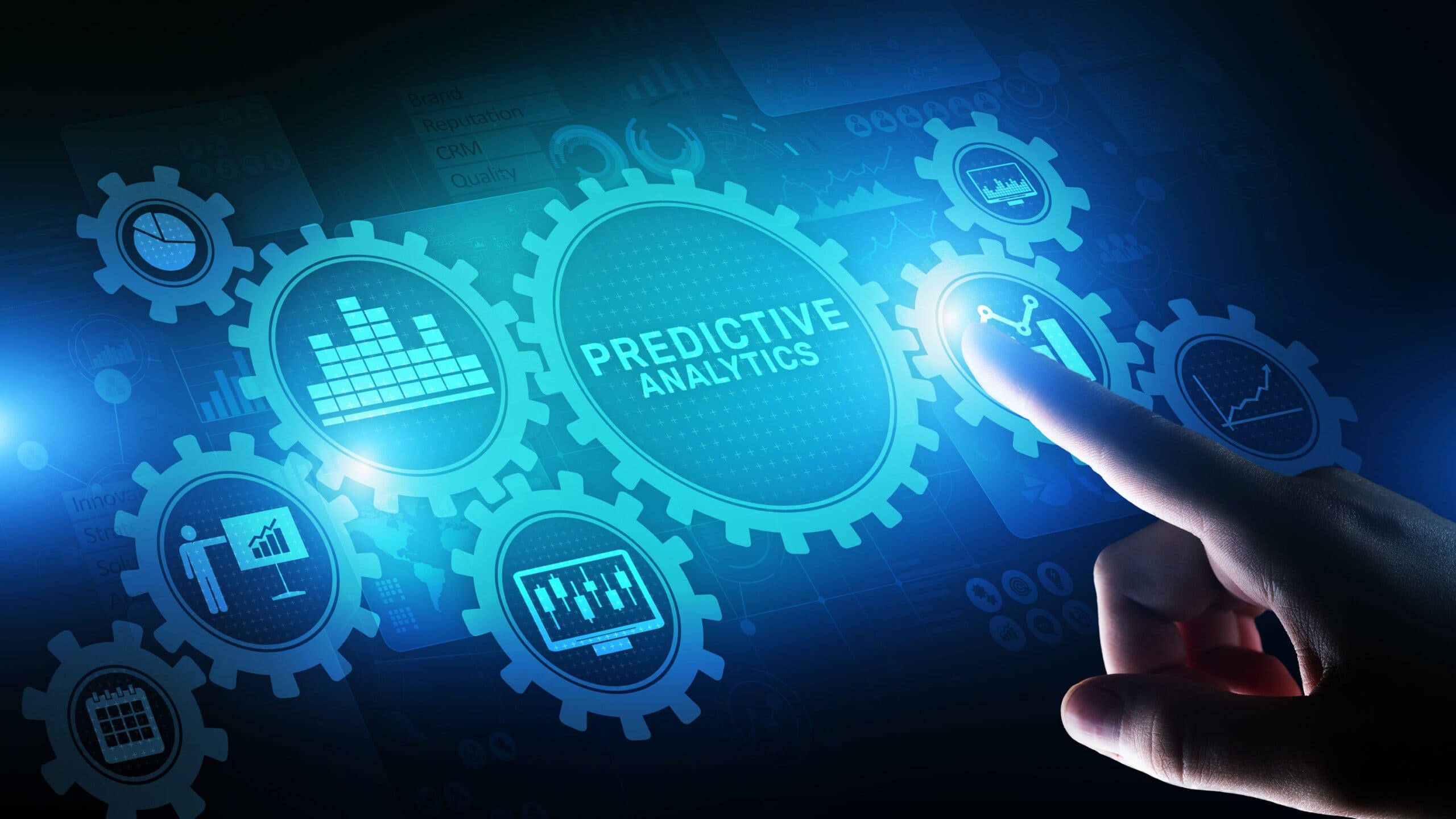
In a world increasingly driven by information, data analytics and predictive forecasting are shaping the way organizations plan, respond, and grow. The ability to transform raw data into actionable insights allows businesses to better understand customer behavior, identify risks, and anticipate future trends with greater accuracy.
As access to real-time data expands and analytical tools evolve, companies across industries are moving from reactive decision-making to a more forward-looking approach. This shift not only enhances operational efficiency but also strengthens long-term planning and adaptability.
What Predictive Forecasting Actually Means for Business.
Predictive forecasting uses statistical techniques, machine learning algorithms, and historical data to estimate future outcomes. When integrated with business intelligence systems, these models allow organizations to forecast demand, adjust supply chains, manage inventory, optimize pricing, and even assess financial performance under varying market conditions.
In retail, predictive models help determine stocking levels based on purchasing patterns. In finance, they guide investment strategies by analyzing past market behavior. Healthcare providers use forecasting to prepare for seasonal illnesses or resource allocation. Across all industries, this capability offers a competitive edge by providing clarity in uncertain environments.
From Data Collection to Strategic Clarity.
The process begins with data (structured and unstructured) pulled from sources such as customer transactions, social media interactions, IoT sensors, and CRM systems. Advanced analytics platforms then clean, categorize, and process this information, revealing correlations and trends that may not be visible to the human eye.
Companies using predictive tools can reduce guesswork and move faster. For instance, marketing teams can anticipate customer churn and adjust retention strategies. HR departments can forecast hiring needs based on workforce trends. Executives can model different business scenarios before committing resources.
Eric Hannelius on the Value of Predictive Intelligence.
Eric Hannelius, a fintech innovator and proponent of data-driven business models, emphasizes the role of predictive analytics in building resilience and growth. “Predictive forecasting isn’t about having a crystal ball. It’s about increasing the accuracy of your assumptions,” says Eric Hannelius. “When leaders base their decisions on relevant data trends rather than gut feeling, they create room for innovation and smarter risk-taking.”
He also points out that the use of predictive tools must be matched with responsible interpretation: “The models are as effective as the people using them. It’s not enough to rely on automation. Human judgment and industry knowledge must guide how forecasts are applied.”
Real-World Applications Driving Results.
Organizations that invest in predictive analytics are seeing results that influence both day-to-day operations and long-term strategy:
- Logistics and Supply Chain: Companies are anticipating supply disruptions and adjusting routes and orders proactively.
- Banking and Insurance: Financial institutions use predictive models to detect fraud patterns and manage credit risk more effectively.
- Energy Sector: Utilities forecast consumption patterns and optimize infrastructure investment by analyzing usage trends.
- E-commerce: Algorithms personalize shopping experiences by predicting what consumers are likely to browse or purchase next.
These applications highlight how forecasting enhances responsiveness and supports smarter allocation of resources.
Challenges and Considerations.
While the promise of predictive analytics is strong, its implementation comes with challenges. Data quality remains a persistent issue; inaccurate or incomplete data can lead to misleading insights. Bias in algorithms, stemming from skewed datasets, can influence outcomes and decisions in unintended ways.
To navigate these concerns, businesses need clear governance frameworks and teams that blend technical skill with business acumen. Transparency in model building and regular evaluation of outputs are also necessary to maintain trust in the insights generated.
Evolving Tools and Skills.
As predictive analytics becomes more accessible through cloud-based platforms and low-code tools, even small and medium enterprises are entering the arena. Businesses are beginning to train cross-functional teams in data interpretation, empowering departments beyond IT to use forecasts in their workflows.
In the near future, we’ll see stronger integration between predictive models and real-time decision engines. This means that forecasts won’t simply inform strategies. They will drive them dynamically, adjusting as new information becomes available.
Predictive forecasting, grounded in strong data analytics, is becoming a key component of modern strategy. Organizations that invest in these tools are better prepared to handle shifts in the market, respond to customer needs, and plan for the future with confidence.
As Eric Hannelius puts it: “Data gives businesses the opportunity to listen before they act. Predictive forecasting allows them to respond with more precision. That’s essential for long-term relevance.”
Companies that recognize the potential of these technologies and commit to their responsible use will set the standard for performance, innovation, and adaptability in the years ahead.

